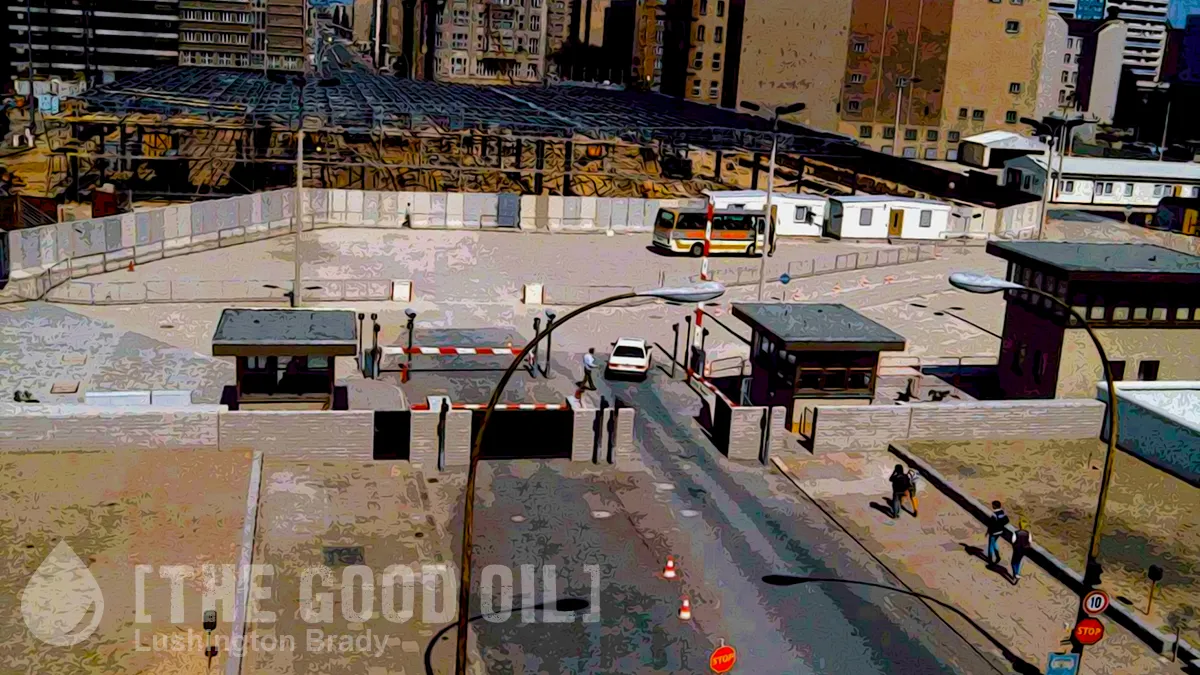Oh, well, don’t that just beat all… not a single Australian city passes the ‘15-minute city’ test. Oh, no!
Anyway…
I mean, sure, it all sounds so nice, doesn’t it? ‘Being able to get to work, the shops, schools, health care, work and parks on bicycle, public transport or on foot within 15 minutes.’
Yeah, well, ‘worker’s paradise’ sounds nice, too. ‘For each according to his need’ sounds nice. ‘Save lives’ sounds nice.
The most calamitous ideologies in history always sound so nice — if you’re stupid enough to believe the slogans.
In reality, ‘15-minute cities’ are another totalitarian project from the same Globalist Elite who brought us ‘Build Back Better’ and a global pandemic treaty. Beneath the slogan is an explicit plan to lock we commoners down harder than we have since they abolished serfdom.
So, excuse me if I don’t give a rat’s arse that Australia doesn’t have any ‘15-minute cities’.
But in a new study published by Nature Cities, a Sony Computer Science Laboratories research team in Italy looked at 10,000 cities from around the world to examine how close they were to the standard.
The study is, surprisingly for a social ‘sciences’ study, a stunning exercise in No Shit, Sherlock investigation.
Cities such as Geneva, Paris and Berlin all fell within the ideal times, as shown in this interactive world map.
Unsurprisingly, it found inner cities were the more likely to have good access to services than outer, or fringe, suburbs.
Well, duh. Berlin and Paris are much denser cities than anything in Australia, with a concomitant economy of scale.
As for inner cities: these are unavoidably the oldest parts of any city. Unless we’re talking about a purpose-built modern excrescence of soulless, bureaucratic urban planning – Brasilia, for instance, or Canberra – they are almost certainly going to be very old. Centuries, if not millennia. They’ll certainly predate the advent of modern transport.
So, of necessity, such places are densely packed with everything in walking distance. Because they were built when everybody had to walk.
“For Australian cities, they tend to be more diffused, (where) European cities, for example, are more dense and compact,” Dr Alan Both from the Australian Urban Observatory told 7NEWS.com.au.
“We have cities with sprawling suburbs on the outside, and we don’t have the density of people there.”
See above: could’ve saved you your whole study, Professor Brains Trust.
Population density and the number and frequency of services available to us are the main contributing factors to a 15-minute city, he said.
“The average person is about 500m from public transport locations, on paper we’re doing quite well, but if they restrict the measure to frequent transport then we’re doing quite poorly.”
Both said long wait times and infrequent services were more likely to force people to drive instead of taking public transport.
You can tell this bloke has probably never used public transport in his life.
“We see people are willing to take public transport if it’s convenient.”
And if you can bet on not being robbed, bashed, raped, stabbed or puked on, as well.









